Burned in Time — the Volcano Buried City of Pompeii is Showcased in Arresting New HMNS Exhibition
This Blockbuster Museum Show Makes You Think — and Feel
BY Tarra Gaines // 02.24.21The "Crouched Man" body cast captures the moment life ended for Pompeii.
If we’re looking for any silver-lining for all that Texas has endured this last year, Pompeii, the new blockbuster exhibition at the Houston Museum of Natural Science, brings us a could-be-worse message. Hey, at least we don’t live in the shadow of an active volcano.
Most us know the story of the vibrant Roman city destroyed in a day from the eruption of Mount Vesuvius in 79 A.D. While some of its citizens escaped, many died where they stood. They became buried under so much ash and pumice that the exact location of the city became lost for centuries.
Though it receded into legend for more than 1600 years, with the rediscovery of the ruins in the mid-18th century, Pompeii has become something of a historical obsession for all humanity.
Pompeii: the Exhibition, certainly contains all the art and cultural artifacts we might expect from great archeology and antiquities show, but Pompeii holds an immediacy and profound intimacy seldom seen in these types of exhibitions. Yes, the caliber of art and cultural objects will certainly thrill the most discerning history lover.
But thanks to the inclusion of eight examples of a simple yet remarkable bit of archeological ingenuity, the Pompeii body casts, the exhibition also makes physical manifest of the spaces the people left behind.
Pompeii’s Walk Through Time
To dig deep into the layers of Pompeii, HMNS Curator of Anthropology Dr. Dirk Van Tuerenhout took PaperCity on a special guided preview tour of the galleries.
“It’s a very rich story because it’s well informed,” Tuerenhout says. “It’s Rome, inscriptions, written eye witness accounts, archeology, DNA, it’s all part of the story.”
Split into two main sections, the first and largest part of exhibition invites visitors to experience a day, perhaps even the last day, in the life of the Pompeiian people. Here we find 150 objects of antiquity, the majority from the Naples National Archaeological Museum.
The exhibition organizers have arranged these things that remained – buried under ash and soil – into galleries representing different aspects of city life, from sculptures and frescos to cooking instruments and pottery, from gladiator armor to theatrical masks.
City Life
We begin at an elegant home of one of the city’s elites, getting a look at the architecture, decor and even a (metaphorical) taste of fine dining. We then journey to the heart of the city, the market place, and then take a trip to the theater and gladiator arena. The show even offers a chance to sneak down a hidden alleyway for a not so pretty peek inside a Roman brothel.
“It’s the people who made the city come alive that to me is the biggest story to be told: What was life like?” Tuerenhout says, describing the exhibition’s thematic organization.
“It’s like a time capsule, but it’s a complete time capsule, as opposed to a capsule you put in the corner of city hall when it was build in 1932 or something and it’s a few stamps, a coin and a newspaper article. This is the whole city.”
Walking through the galleries, I realized the exhibition has a distinct theatrical quality. These precious objects are given their own dramatic settings, a set enhanced by dynamic lighting and even atmospheric music to immerse visitors in feel of a bustling, ancient city.
Pompeii’s Final Day
The drama continues as we entered the simulated 4D eruption theater, that depicts those last 24 hours when all Pompeii’s life stopped. From there, the curtain rises on the exhibition’s “grand finale” as Tuerenhout called it, the body cast room.
These simple paster of paris cast objects might not be as ancient and sculpted as the art and artifacts in the earlier rooms, yet these body cast make Pompeii: The Exhibition one of the most moving and human antiquities shows in recent memory.

For these casts set in human and animal forms were created from the space the dead left behind. Many of the victims of Mount Vesuvius’s eruption died almost instantly, and then got covered by multiple layers of ash. Those layers encased the bodies, locking them in their last throes. Then nature and time eroded the tissue. Over 2000 years, the bodies decomposed, but the space still remained.
Tuerenhout effectively describes what those early archeologists encountered as they began excavating the site.
“As they were digging, they would occasionally find at the bottom of a pit they had dug a hole, or something would collapse and there would be an empty space below,” he says. “People didn’t know what it was until someone decided to pour plaster down the hole and eventually, when they removed the ash around it, it’s the shape of a hand or head or a foot, then the rest of the body.”
Burned into Time
The final gallery contains eight of those casts bathed in an eerie red light. As presented, the casts resemble art, monument and mummy simultaneously. To look upon the casts feels like an act both sacred and profane.
When I mentioned to Tuerenhout the casts feel the antithesis of the saying “frozen in time,” he agreed describing them as like being “burned in time.”
“You can image what that would be like: you’re running; you’re tripping; you’re falling; you’re dead,” he says, describing the positions of the cast. He makes a comparison between the casts and an Egyptian mummy, a person who died peacefully and then prepared by fellow human beings for eternal rest. Instead the cast embody “the last moments of their lives with a desperate attempt to reach out.”
In the end, Pompeii resonates, giving us a new intellectual and emotional understanding of the life and death of a great city.
Pompeii: The Exhibition runs through September 6 at the Houston Museum of Natural Science.

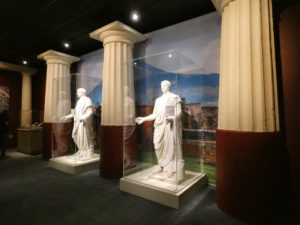

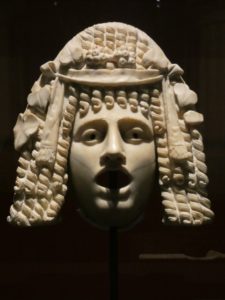

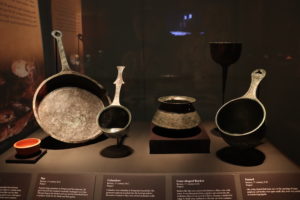
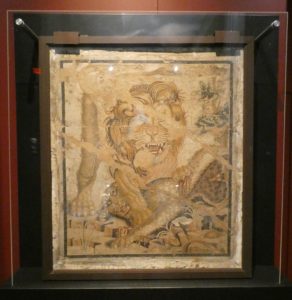
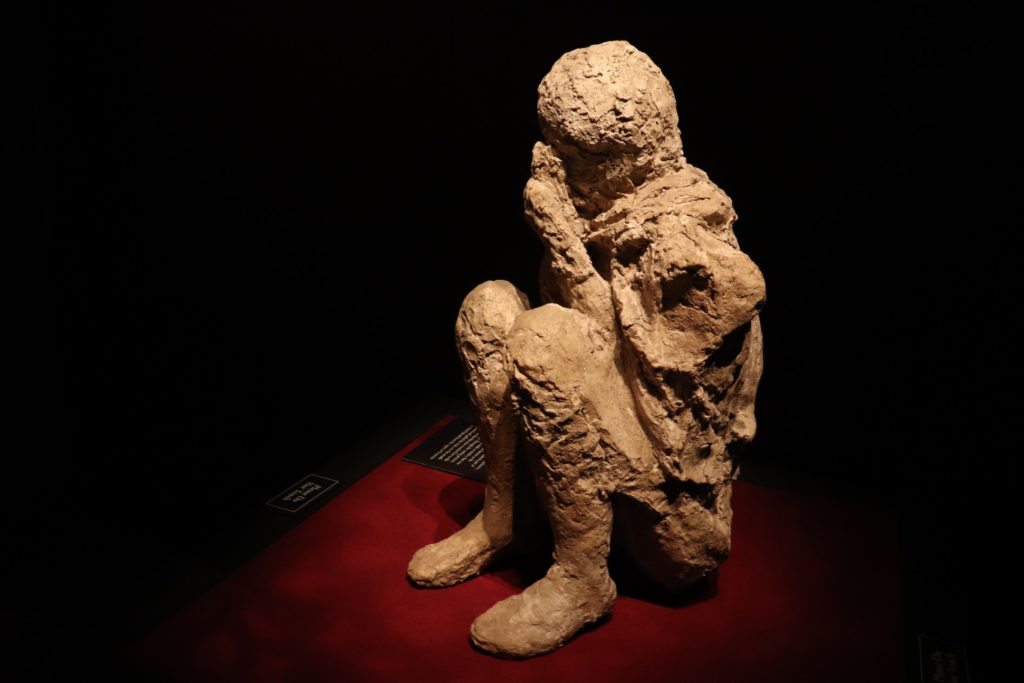
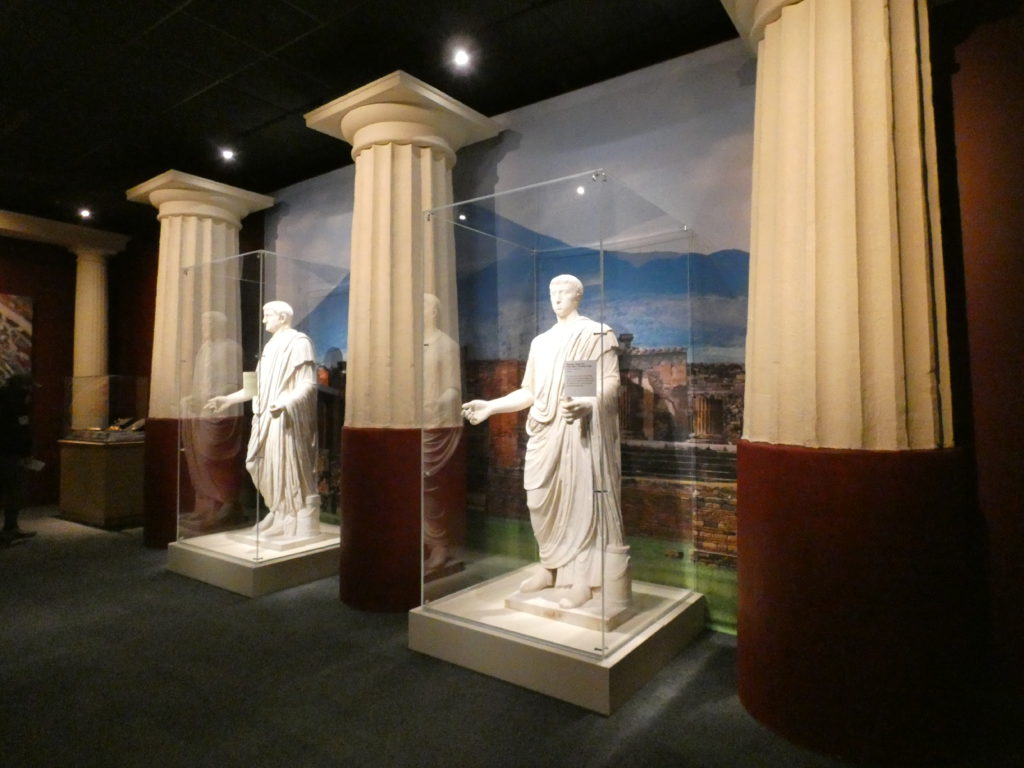
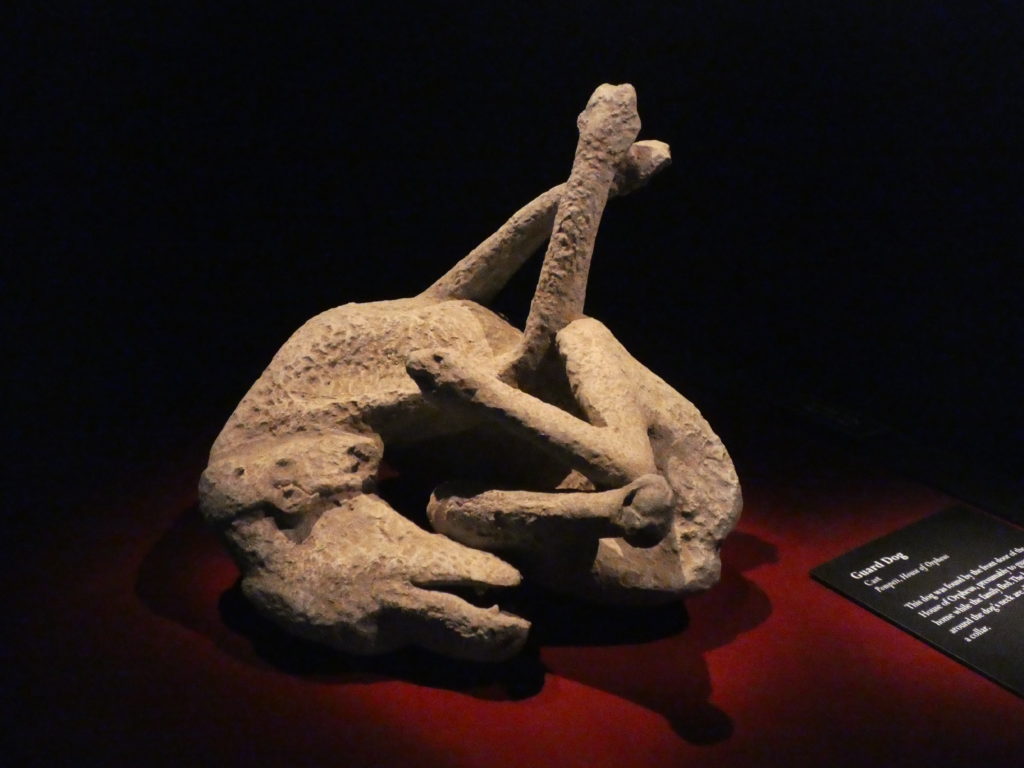


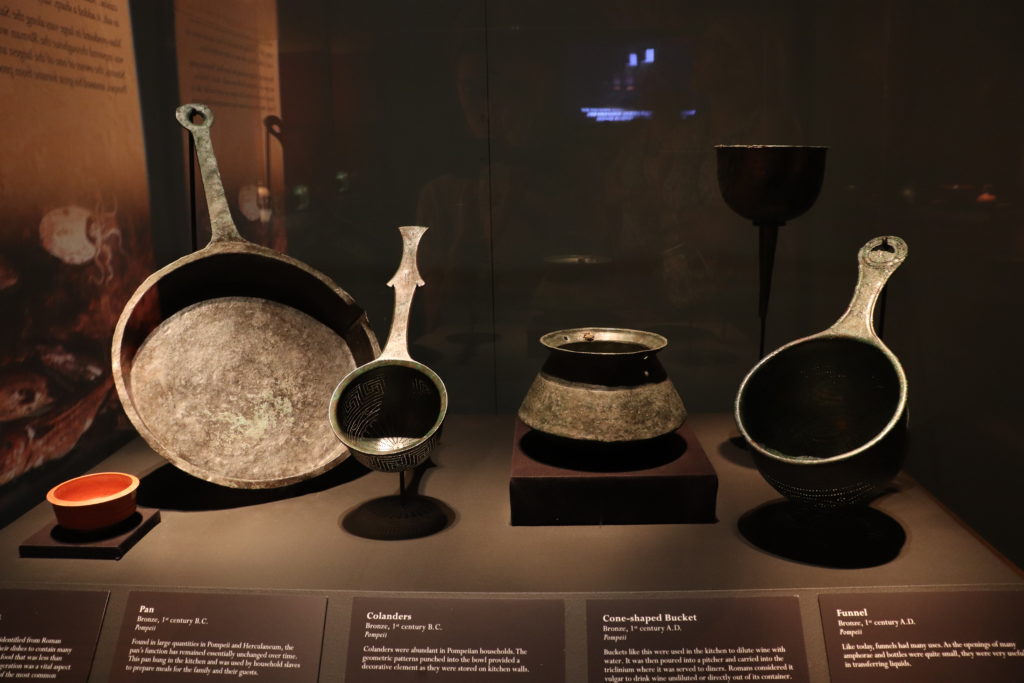
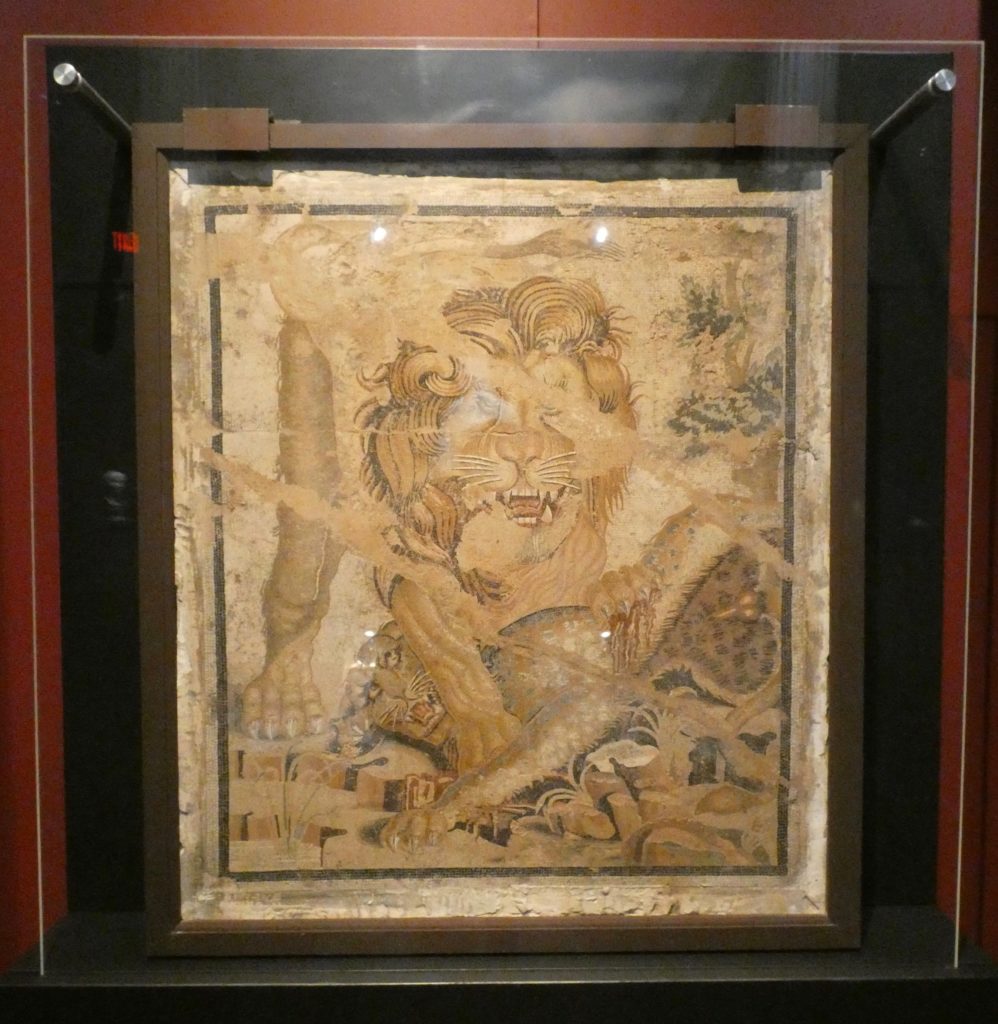

_md.jpg)







